Spiny Water Flea and Fishhook Water Flea
Table of contents:
- Aquatic invaders
- Pathways of invasion
- Threats to the environment, the economy and society
- Focus on an invader
- What you can do
Aquatic invasive species in Quebec
Spiny Water Flea
(Bythotrephes longimanus)
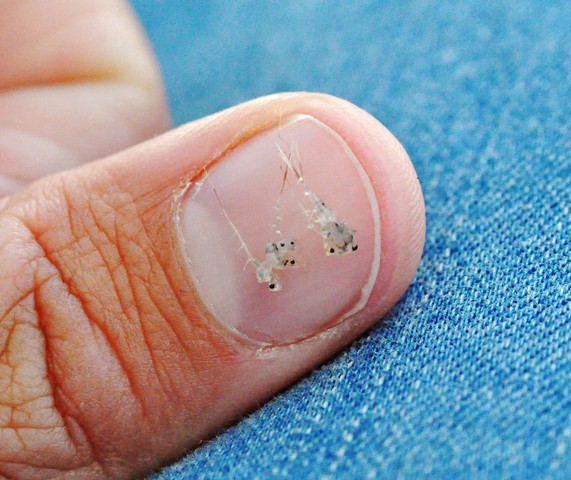
Photo credit: Emily DeBolt
Fishhook Water Flea
(Cercopagis pengoi)
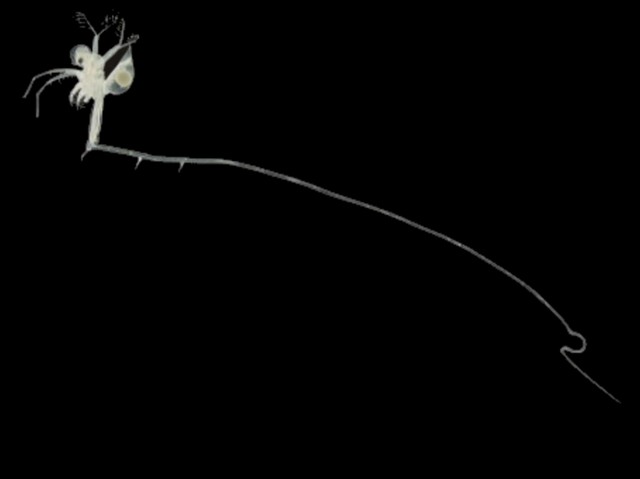
Photo credit: H. MacIsaac, School of the Environment, University of Windsor
The Spiny Water Flea and the Fishhook Water Flea are 2 tiny crustaceans, part of zooplankton, which live suspended in water and drifting with currents.
Characteristics
| Spiny Water Flea | Fishhook Water Flea |
|---|---|
|
|
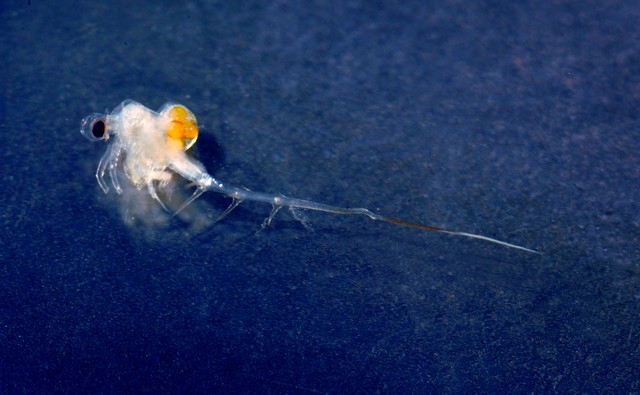
Photo credit: Michigan Sea Grant
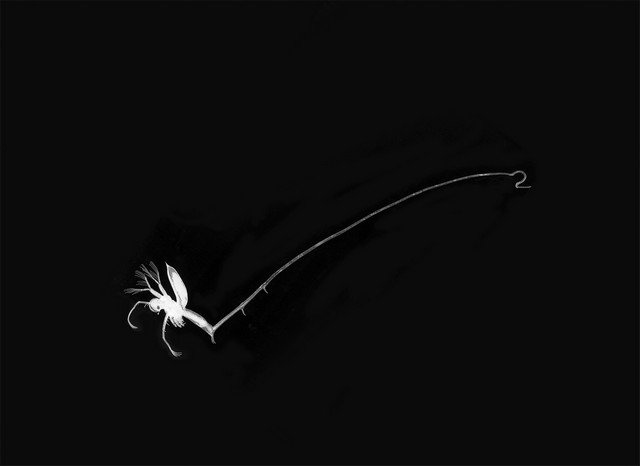
Photo credit: H. MacIsaac, School of the Environment, University of Windsor
Origin
The Spiny Water Flea and the Fishhook Water Flea are native to the Northern Sea and the seas of central Europe and Asia. They were introduced to North America due to ballast waters from ocean-going vessels. The 2 species were found for the first time in Lake Ontario, the Spiny Water Flea in 1982 and the Fishhook Water Flea in 1998. Both species can be found in the interior waters of Northeast America, in particular the Great Lakes, the St. Lawrence River, Lake Champlain and, since 2019, in the Richelieu River. The Spiny Water Flea is also found in Lake Témiscamingue since 2018 and has been reported in the Lake McConnell area of the Ottawa River in 2021.
Habitat
The Spiny Water Flea lives in all types of aquatic habitats (fresh and salt waters). Although it prefers large and deep lakes with temperate and well-oxygenated waters, it can also be found in less oxygenated waters rich in organic matter. On the other hand, the Fishhook Water Flea prefers fresh waters with low salinity, but tolerates a wide range of temperatures, salinities and depths. It can migrate towards deeper waters during the day and swim closer to the surface at night. Usually it is found in pelagic zones far from the coast, but in the Richelieu River it is found closer to shore.
Similar species
The Spiny Water Flea and Fishhook Water Flea look similar to some native water flea species, such as Daphnia. However, the drop shape body of the Daphnia only measures up to 0.5 cm and its tail is very short, accounting for only a quarter of the total length.
Daphnia longispina
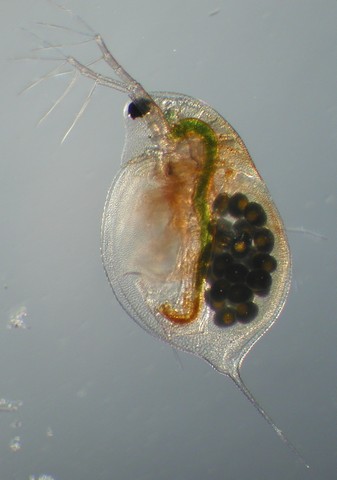
Photo credit: Dieter Ebert Basel Switzerland
Spiny Water Flea (bottom) and Fishhook Water Flea (top)
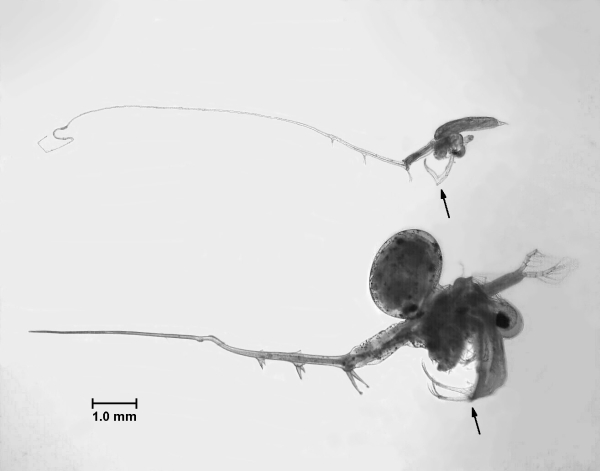
Photo credit: National Oceanic and Atmospheric Administration, Great Lakes Environmental Research Laboratory
- Date modified: